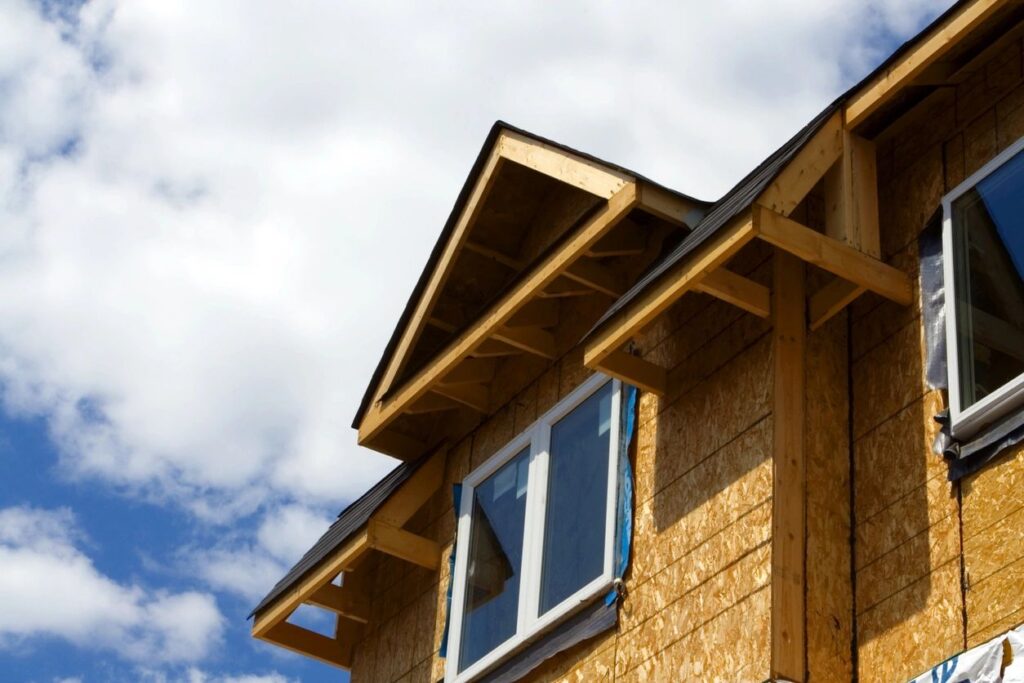Understanding Free Government Window Programs: Are They Really Worth It?
Homeowners often hear about “free government window programs” as a way to save money while improving Energy Efficiency. While these programs exist the reality is that very few people qualify and the process to apply can be complex. Here’s a closer look at how these programs work, who qualifies, and what you should expect.
What Are Free Government Window Programs?
The most well-known program for energy-efficient home improvements is the Weatherization Assistance Program (WAP). Funded by the U.S. Department of Energy, WAP is designed to help low-income households reduce their energy bills by improving home energy efficiency, including window replacements. Some States also offer their own initiatives for energy upgrades, but these are often modeled after Federal programs like WAP and have similar eligibility requirements.
Eligibility Criteria
To qualify for WAP or similar state programs, a homeowner needs to meet strict criteria. The main factors include:
- Income Limits: The program is aimed at helping low-income families. Generally, your household income must be below 200% of the federal poverty level. For example, as of 2024, a family of four would need to make less than $60,000 a year to qualify. Some states use their own income thresholds, so it’s essential to check local guidelines.
- Priority for Certain Groups: The program prioritizes households with elderly residents, families with children, and those with disabilities. If your home doesn’t fall into these categories, you may have a lower chance of being approved.
- Home Energy Audit: Even if you meet the income requirements, your home must pass an Energy Audit. This audit will assess whether your home’s windows are inefficient enough to warrant replacement. If the windows are deemed “adequate” by the program’s standards, your application could be denied. Some homes may only qualify for minor repairs rather than full replacements.
Approval Rates
While the program sounds promising, only a small percentage of applicants actually receive window replacements through these initiatives. According to recent data, WAP typically serves around 35,000–40,000 homes annually nationwide with window replacements making up just a portion of those projects. Given that millions of homes across the U.S. could benefit from Energy-Efficient upgrades, this means that only a fraction of eligible homeowners receive assistance each year.
State-Funded Programs often face similar limitations with small budgets that limit how many homes they can serve. In many cases the demand far exceeds available funding leading to long waitlists and delays.
Application Process and Challenges
The application process for these programs can be lengthy and involved:
- Income Verification: Applicants need to provide extensive documentation to prove eligibility including tax returns, pay stubs, and other financial records.
- Home Inspections: After the energy audit, program officials may conduct further inspections to determine whether your home qualifies for assistance, this can add time and uncertainty to the process.
- Limited Funding: Many State and local programs run out of funding quickly, meaning applicants may wait months or even years for assistance. Even if you’re approved you may only receive partial coverage for your window replacements with some costs falling on the homeowner.
Why Most People Don’t Qualify
The majority of homeowners don’t qualify for free Government window programs due to strict income limits and the prioritization of certain vulnerable groups. Additionally, many homes fail the energy audit or don’t meet the program’s criteria for “urgent need” as a result the dream of getting “free windows” is elusive for most people.
Alternatives to Government Programs
If you don’t qualify for WAP or other Government window replacement programs there are alternative options to consider:
- Energy-Efficient Tax Credits: Homeowners can take advantage of federal tax credits for energy-efficient home improvements. As of 2024, you may be eligible for a tax credit of up to 30% of the cost of energy-efficient windows, up to a certain limit. This can help offset the cost of replacing windows without relying on government grants.
- Financing Options: Many window replacement companies, including Optum Home Solutions, offer financing plans that allow you to spread the cost of your new windows over time making it more affordable to upgrade your home.
- Rebate Programs: Some utility companies offer rebate programs to encourage Energy-Efficient upgrades. While these rebates won’t cover the entire cost of your windows they can provide some financial relief.
Conclusion: Are Free Window Programs Worth Pursuing?
While free Government window programs sound appealing, the reality is that most homeowners won’t qualify due to income limits and strict eligibility requirements. Even for those who do qualify, the process can be lengthy, and approval is never guaranteed. Instead of waiting for an unlikely approval, it may be more practical to explore tax credits, rebates, and financing options to make your window replacement project more affordable.
At Optum Home Solutions, we understand that energy efficiency is important to you. We offer high-quality, energy-efficient windows designed to improve your home’s comfort and save on energy costs. Contact us today to explore your options and learn how we can help make your home more efficient, without the hassle of government programs.



